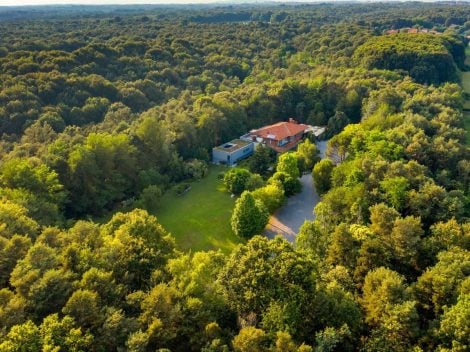The big day has finally come, the tension is high but, after the ceremony, the dances begin. Today, many newlyweds choose a more minimal and sober dinner over sumptuous banquets to the delight of guests and the environment. There are also those who surprise their guests with an original picnic on the grass or with modern and simpler proposals. Someone even dares food trucks... whatever the choice, there are some common elements. Rice, for example, or sugared almonds, not to mention the wedding cake. But how did these traditions start?
Food-related wedding traditions
Rice toss (wheat in the past)
Symbol of abundance and prosperity, rice has always been linked to the wedding day, especially in Eastern countries, where it is a dominant staple food. It is no surprise that the rice legend comes from China: moved to pity for the famine, the Good Genie threw his teeth in a field and asked farmers to take care of it. Farmers irrigated the land and so the rice plant was born, thus allowing to feed the population. The tradition of showering newlyweds at weddings with rice, however, was already present in Ancient Rome, where mixed seeds were used, usually wheat and oats as a sign of prosperity. During the Middle Ages, soaring wheat prices led to its replacement by cheaper rice.
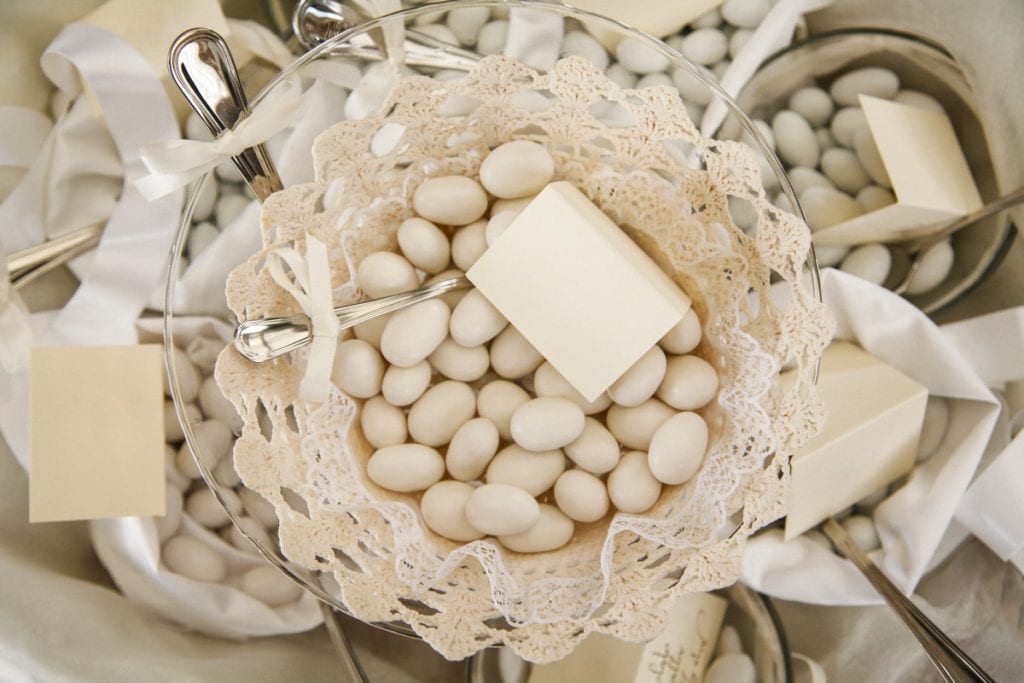
Sugared almonds: Italian wedding party favors
Sign of good omen, legend has it that sugared almonds were invented by an Arab doctor, who covered bitter pills with sugar to make them pleasant to children. Another has it that they were created by court pharmacists in the sixteenth century, after the discovery of Indies and the first importation of sugar, who started to coat almonds, thus creating sugar-coated pralines. In any case, sugared almonds are a must at weddings, taking center stage in party favors, often served at the end of the meal before dessert. In the past, guests used to bring them as a gift to the bride and groom, a tradition that soon changed. Italy is the ancestral home of this product, so much so to boast a taster of handmade sugared almonds in Umbria, while in Sulmona, a small town in Abruzzo, the long tradition of the Confetti Pelino candy factory continues, official confectioners at royal weddings!
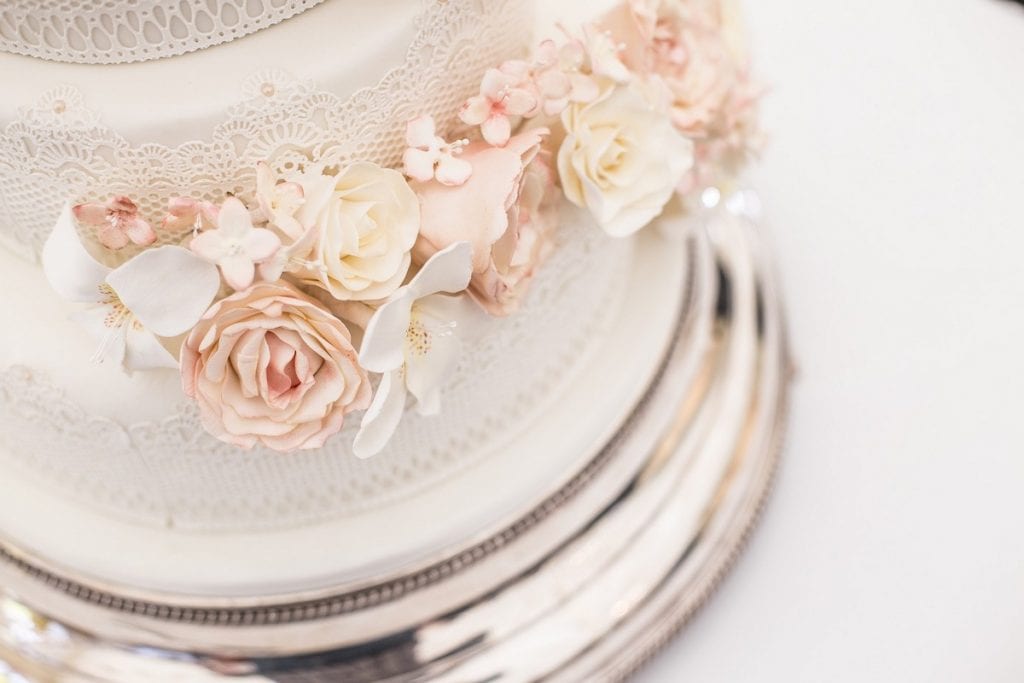
Wedding cake in ancient Greece and Rome
Longer and more fascinating is the history of the wedding cake. Traditionally composed of several layers and covered with white icing, today it is prepared in many different versions, from modern cake design decorations to fuss-free naked cakes. Regardless of taste, cutting the cake is one of the big moments, captured in stunning photographs and generally followed by a buffet of sweets and fruits. But how did this tradition start? It all began in Ancient Greece, where it represented a wish for fertility and was prepared with flour, honey and sesame seeds, a precious ingredient in the Hellenic culture and one of the marriage symbols. In Ancient Rome, sweets made with honey, fruits and wheat were eaten as well, and traditionally crumbled over the bride’s head as a sign of abundance. It seems that the wheat throwing, later replaced by rice, was also the result of this crumbling tradition.
From Middle Ages to Queen Victoria: the birth of icing
In the Middle Ages, wedding cakes started growing in height, when sweets and cookies brought by guests were piled up: the higher the cake, the higher the number of people close to the bride and groom. From the seventeenth century onwards, the bride's pie became popular in Anglo-Saxon countries. Often made with savory ingredients (mostly offal), it had a ring hidden in it: whoever found it would be next in line to get married. It wasn’t until two centuries later that wedding cakes started looking like today, featuring the white icing that symbolizes the purity of the bride, but also the family welfare: at that time, sugar was very expensive, and therefore a frosted cake meant that parents could afford great expenses. Even today, royal icing is so called because of the wedding cake, in particular the Queen Victoria’s 300-pound, 3-meter round wedding cake!
Traditions in other countries
The wedding cake is common to all, yet the same cannot be said for two other typical Italian wedding traditions. Rice, for example: in Moldova they prefer to use wheat, while in Greece there is no toss. A sugar cube, instead, is tucked into a glove when a couple gets officially engaged as a symbol of sweetness, which will accompany them during their married life. But let’s go back to the wedding cake: in Colombia it is not served at the end of meals, but rather as first course, placed in the center of the dance floor. As for drinks, sake dominates the scene in Japan, sipped during the vow exchange from three different-sized cups that the newlyweds will each drink from, starting with the groom. A high-alcoholic toast before the reception!
by Michela Becchi

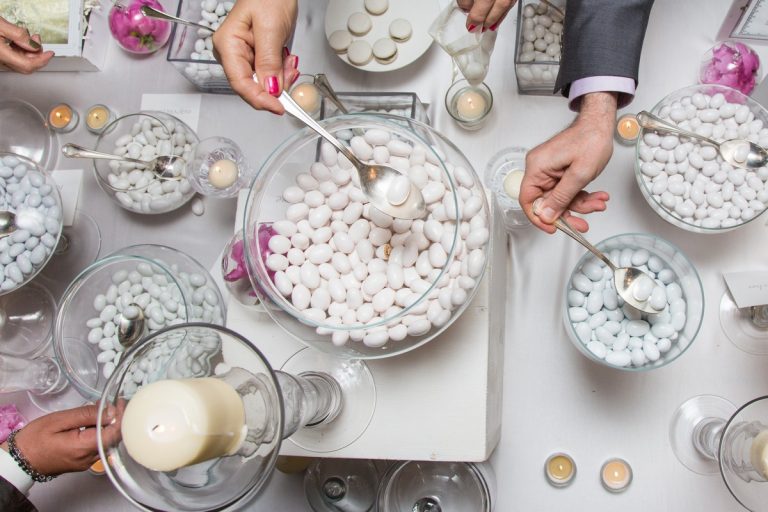
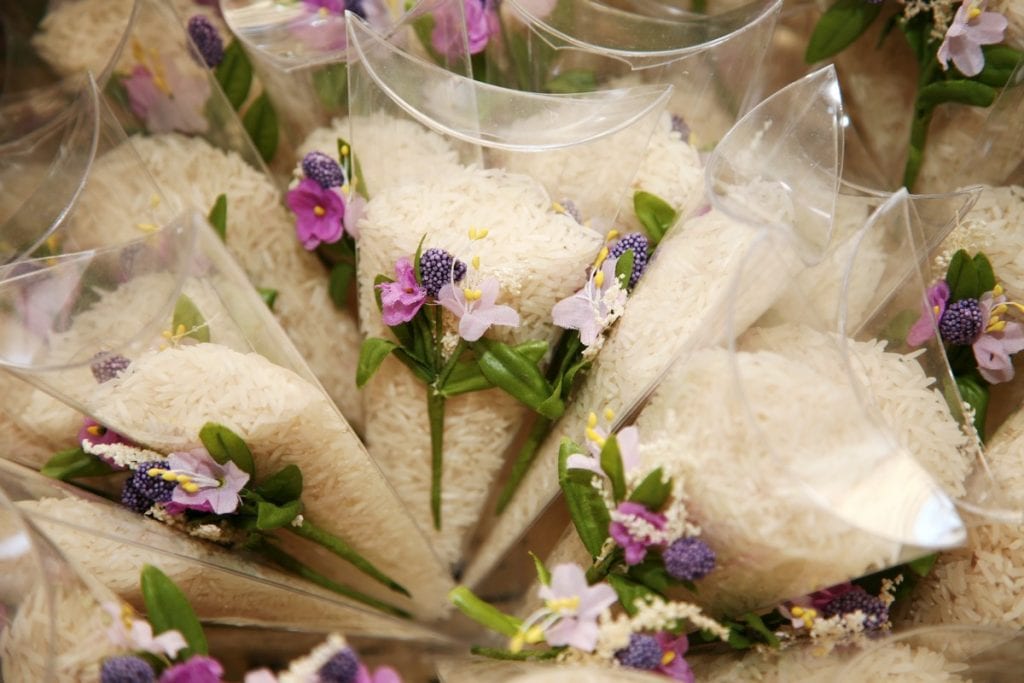
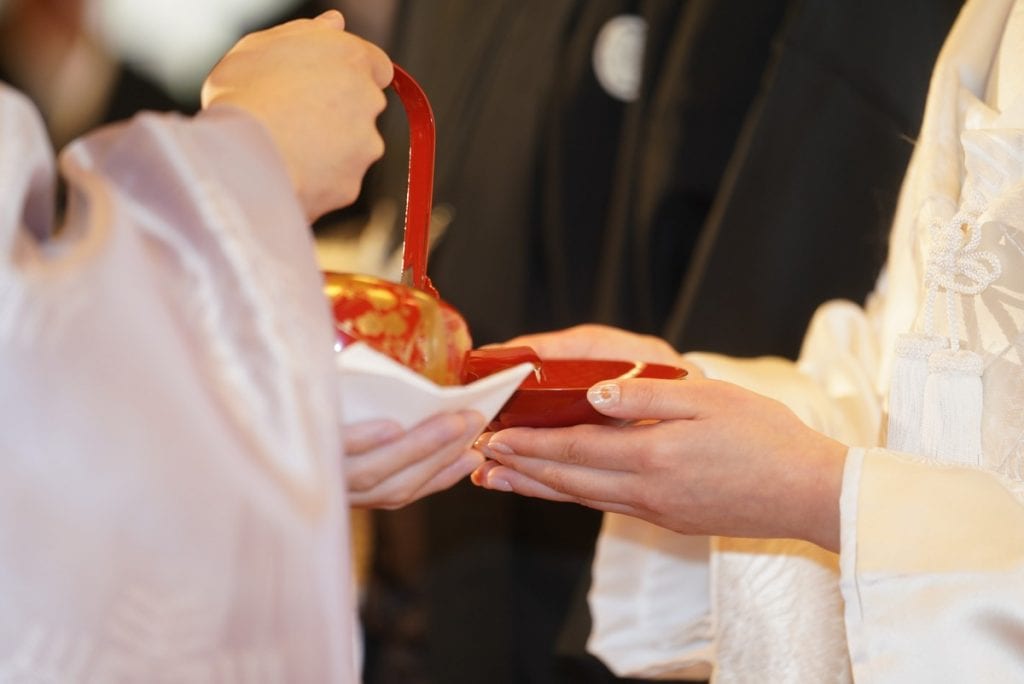
 “In Chianti, warehouses are full and prices are falling”. The economic crisis of Tuscan wine explained by Giovanni Busi
“In Chianti, warehouses are full and prices are falling”. The economic crisis of Tuscan wine explained by Giovanni Busi US tariffs will take effect on 1 August for everyone (including wine). Prosecco DOC: “it’s impossible to plan for the future
US tariffs will take effect on 1 August for everyone (including wine). Prosecco DOC: “it’s impossible to plan for the future Diego Rossi of Trippa opens a new osteria: what you can eat at Nino Osteria con Cucina in Milan
Diego Rossi of Trippa opens a new osteria: what you can eat at Nino Osteria con Cucina in Milan How you eat at Sentiero, the restaurant Elba Island was missing
How you eat at Sentiero, the restaurant Elba Island was missing
